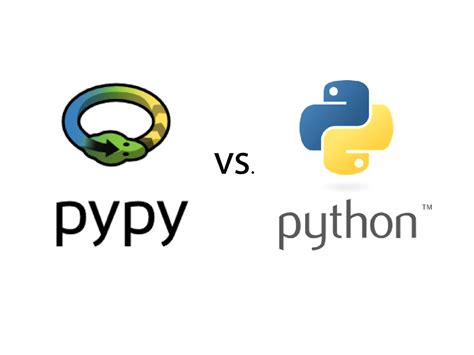Python has a multiplicity of implementations, but one that continues to stand out despite its relative obscurity is PyPy. As a faster, alternative interpreter for Python, PyPy has been indispensable for projects that require high performance. While it may not boast the same level of recognition as CPython, it holds a quiet corner of the ecosystem where it’s hailed for its just-in-time (JIT) compilation, making Python code execution faster than through the traditional CPython interpreter. However, its journey has been anything but straightforward, and its continued relevance faces a confluence of complexities and misconceptions.
One persistent issue that follows PyPy like a shadow is the confusion regarding its name. Many developers, especially those new to the Python world, conflate PyPy with PyPI, the Python Package Index. This problem isn’t merely semantic; it affects how resources and documentation are navigated within the ecosystem. As users like sixhobbits pointed out, naming conventions within the same ecosystem should strive for clarity to avoid such clashes. The misunderstanding of these two entities even prompts seasoned developers to do a double-take, as the similarity in names can mislead them into conflating the interpreter with the package index.
PyPy’s development timeline further complicates its position within the Python ecosystem. As a community-driven project, it often lags behind CPython in terms of feature support and integration with the larger Python ecosystem. As some comments highlight, this delay isn’t due to incompetence but rather the complexity and scale of maintaining such a project. PyPy was conceived with different intentions, focusing on performance enhancements instead of feature parity with CPython. This specialization means it often operates a few versions behind CPython, sparking misconceptions about its capabilities and scope.
Furthermore, PyPy’s interaction with external libraries has been historically fraught with difficulties. Many Python libraries, notably those involving C extensions like NumPy and SciPy, are optimized for CPython and don’t run as efficiently—or at all—on PyPy. Efforts have been made to bridge this gap, with projects like CFFI (C Foreign Function Interface) designed to foster better compatibility. Nevertheless, the onus often falls on library maintainers to ensure compatibility, which can be an imposing task given the vast ecosystem of Python packages. This has led to a dichotomy where PyPy excels in pure Python performance but struggles with the extensive ecosystem that relies on C extensions.
One of the most compelling aspects of PyPy is its JIT compilation capability, a feature that’s absent in CPython. JIT allows PyPy to execute code faster by translating Python code into machine code at runtime. This is particularly beneficial for long-running applications which can significantly speed up over time. However, the benefits of JIT are not always well understood in the community. As some commenters pointed out, the notion that CPython could catch up with PyPy’s performance by simply ‘coding better’ is a misinterpretation of the underlying technologies. PyPy’s JIT isn’t a silver bullet but a sophisticated piece of engineering that addresses specific performance needs.
Despite its promise, PyPy isn’t without its criticisms. Some argue that it has never fully kept pace with CPython in terms of features and timely updates. For instance, compatibility with new Python features and external libraries often lags, leaving some developers frustrated. This slower update cycle can deter adoption, as developers need assurance that their applications will work seamlessly with the latest Python features and third-party packages. This challenge isn’t just about coding but also about resources and community support, which are harder to come by when compared to CPython’s expansive contributor ecosystem.
However, the narrative around PyPy isn’t entirely gloomy. There are continued efforts to integrate more deeply with the existing Python ecosystem. Enhancements in compatibility and efforts to reduce memory overhead testify to ongoing development aimed at ensuring PyPy remains a viable option for performance-critical applications. The Python Enhancement Proposals (PEPs), like PEP 301 which marks significant points in PyPy and CPython’s history, also reflect broader community efforts to keep pushing the boundaries of what Python as a whole can achieve.
In conclusion, while PyPy competes in the same realm as CPython, it differentiates itself through the specific lens of performance optimization. For developers dealing with projects where code execution speed is crucial, PyPy offers tangible benefits that CPython currently cannot match. Its journey may be marred by misunderstandings and technical challenges, but it remains a testament to what dedicated engineering can achieve. The broader Python community would do well to acknowledge and leverage PyPy’s unique strengths, ensuring that this ‘hidden gem’ receives the recognition and support it rightly deserves. Coupled with appropriate community support and clear documentation, PyPy can continue to thrive as an integral part of the Python landscape.


Leave a Reply